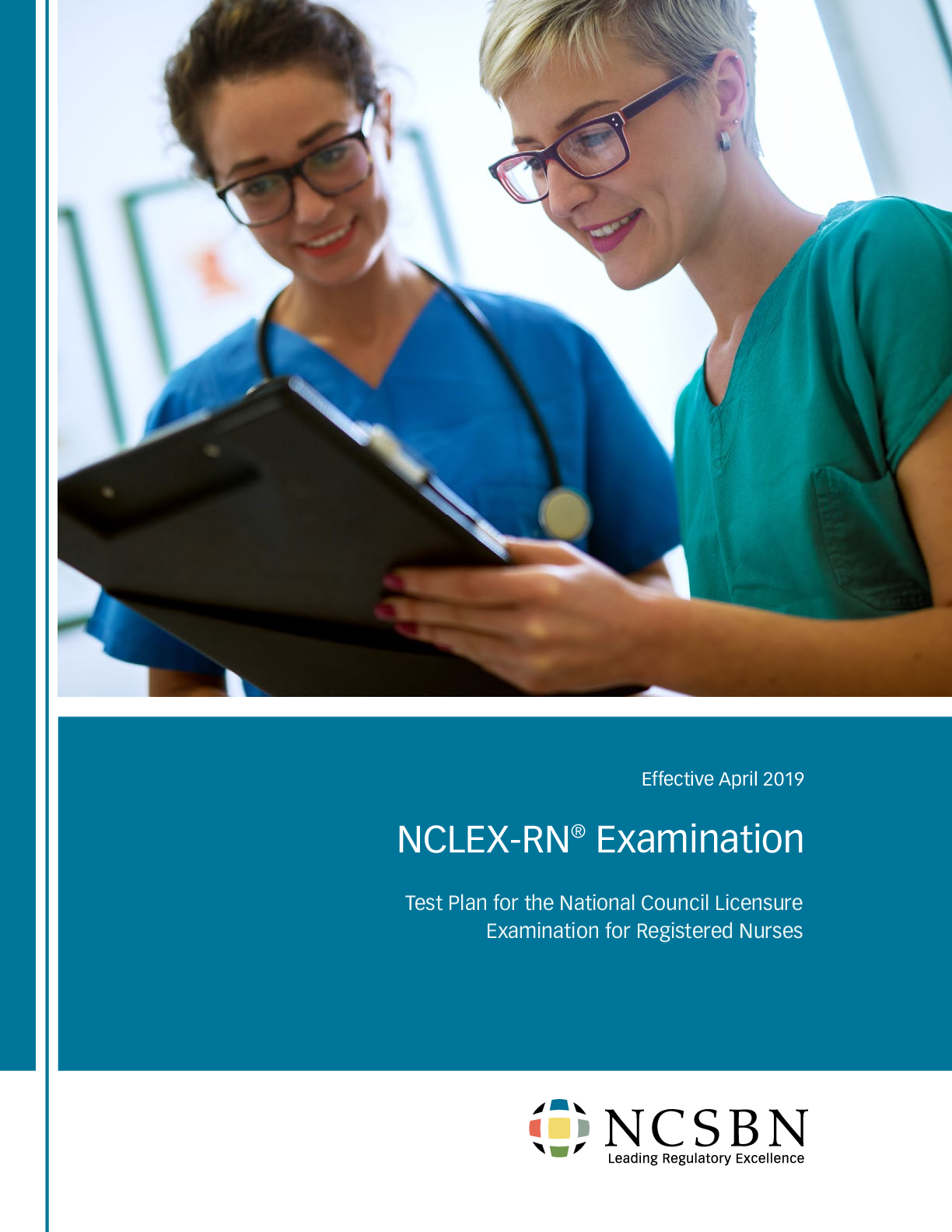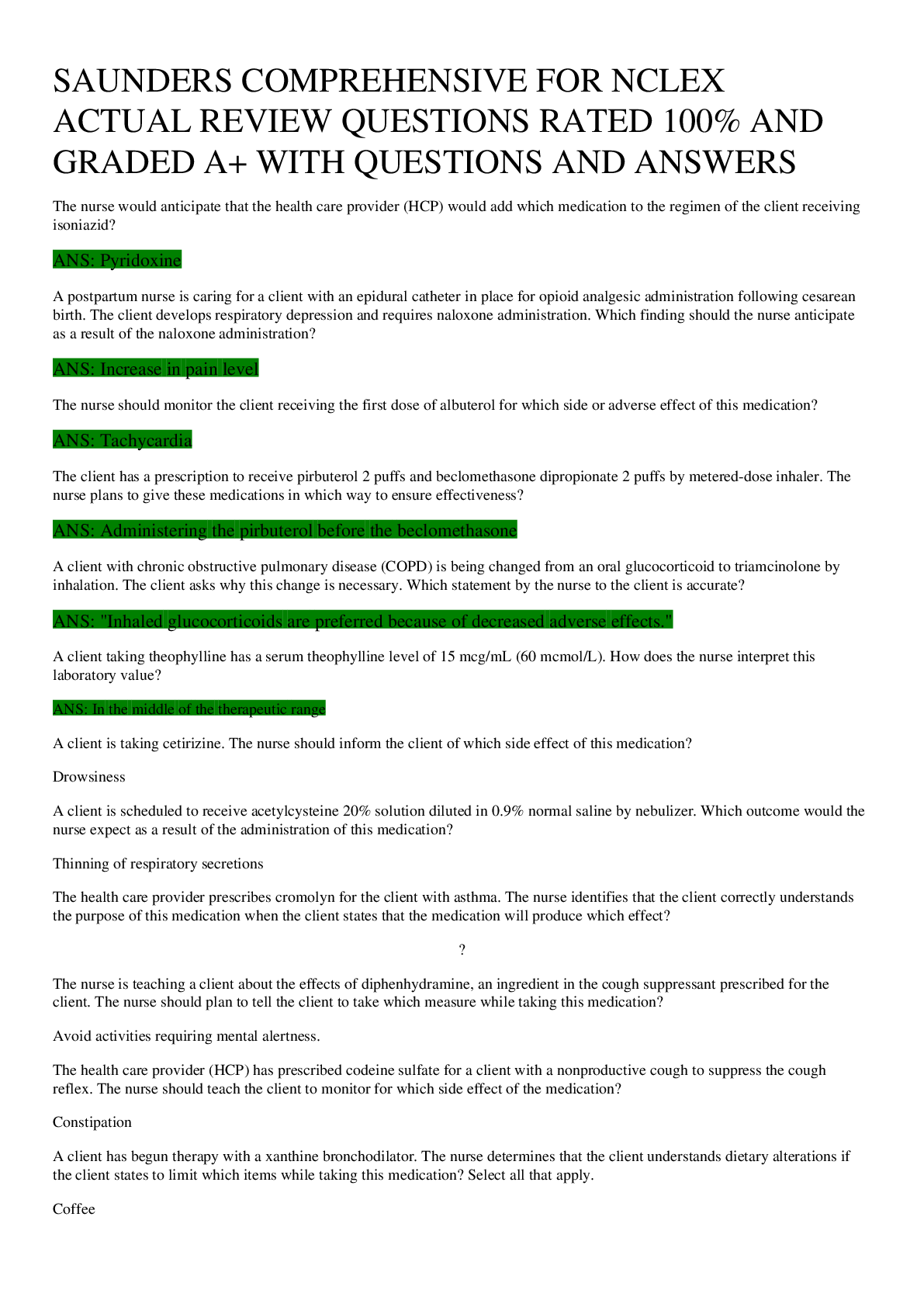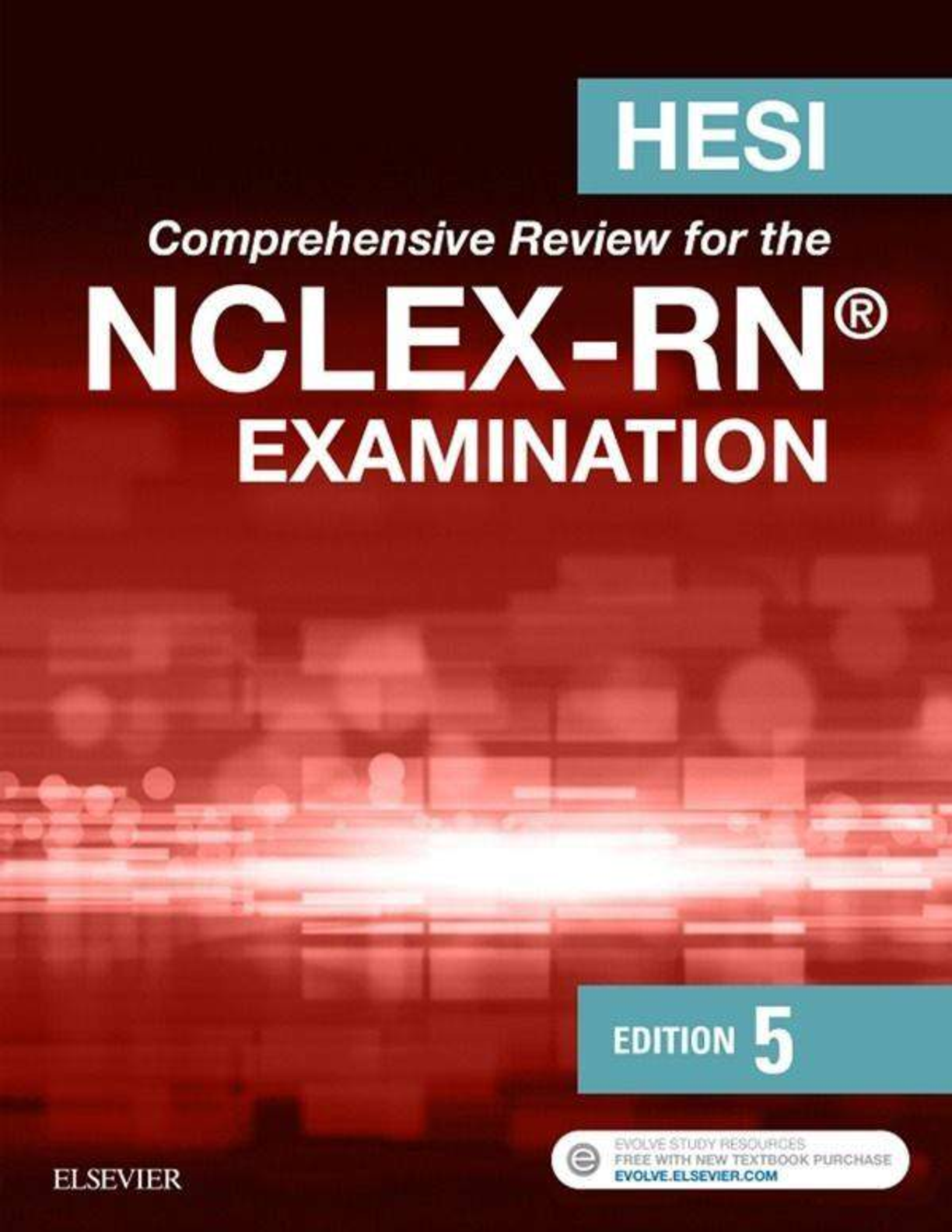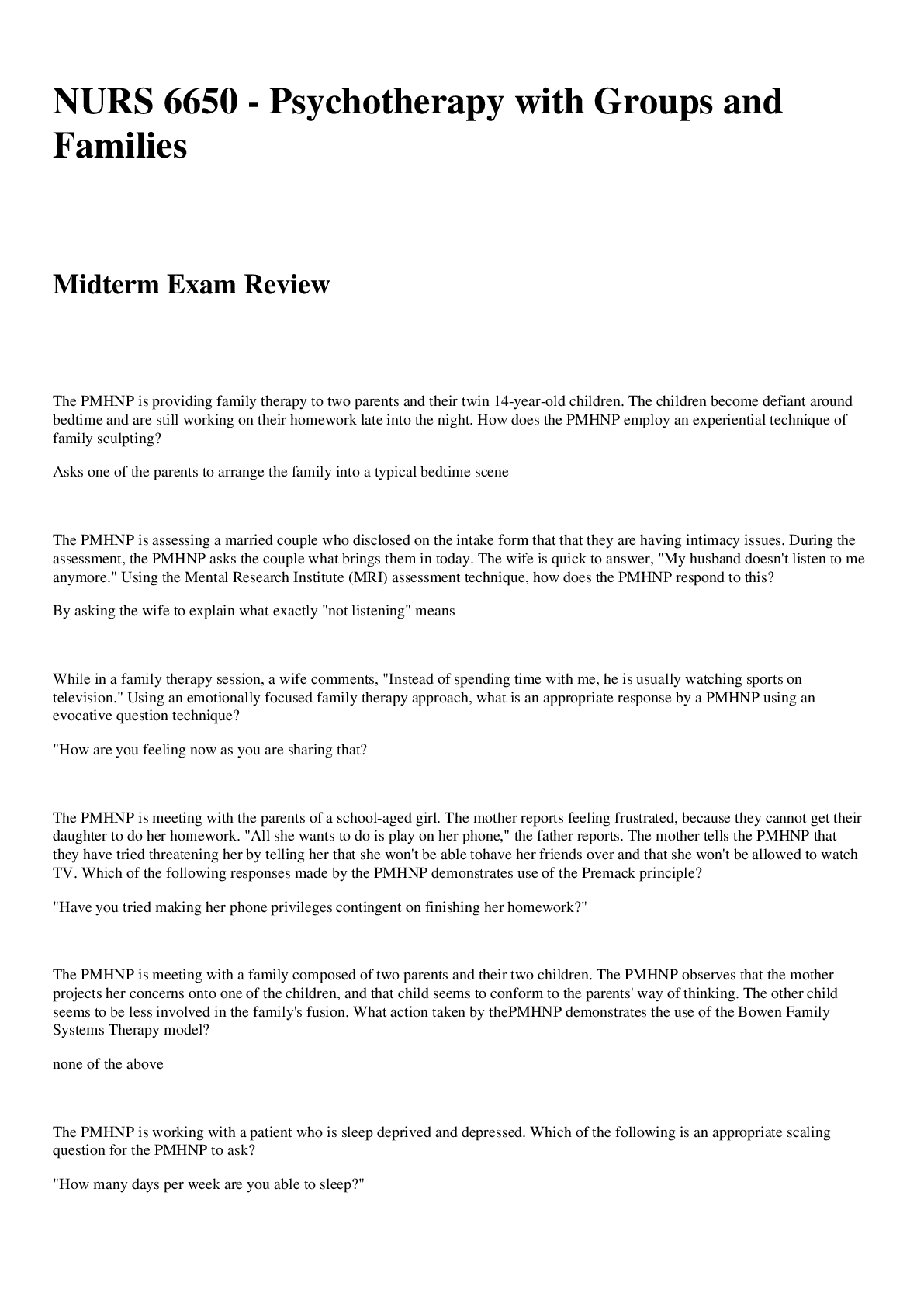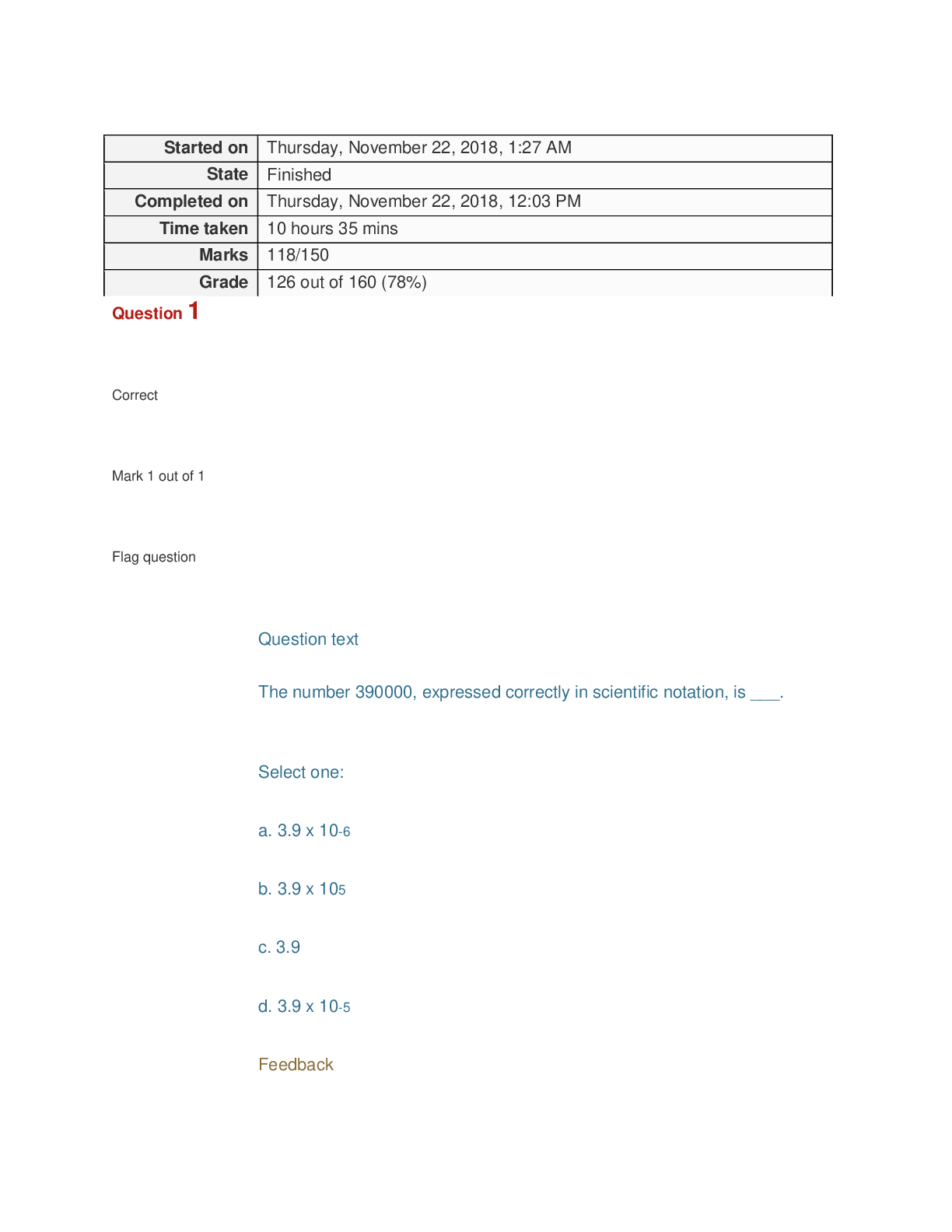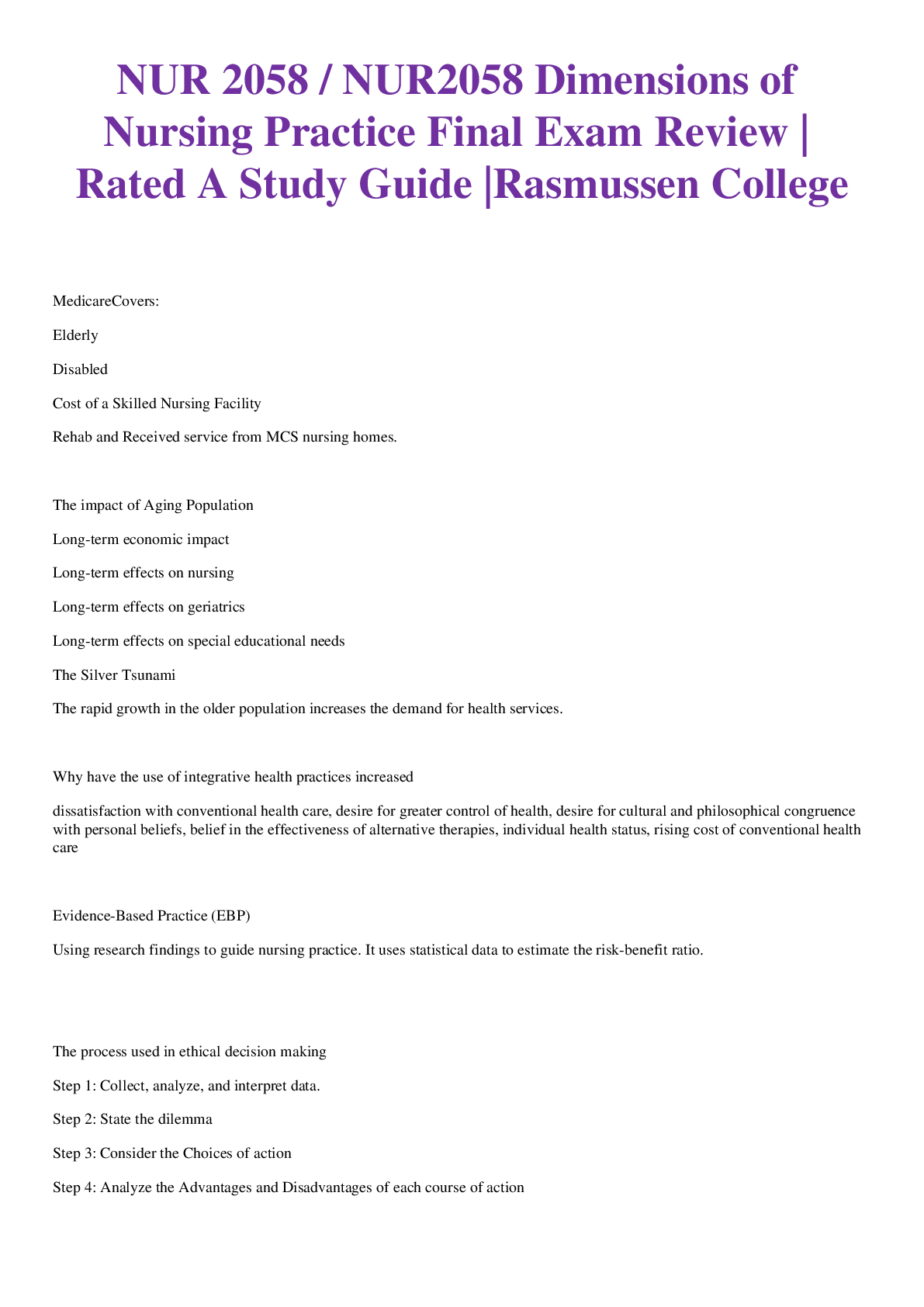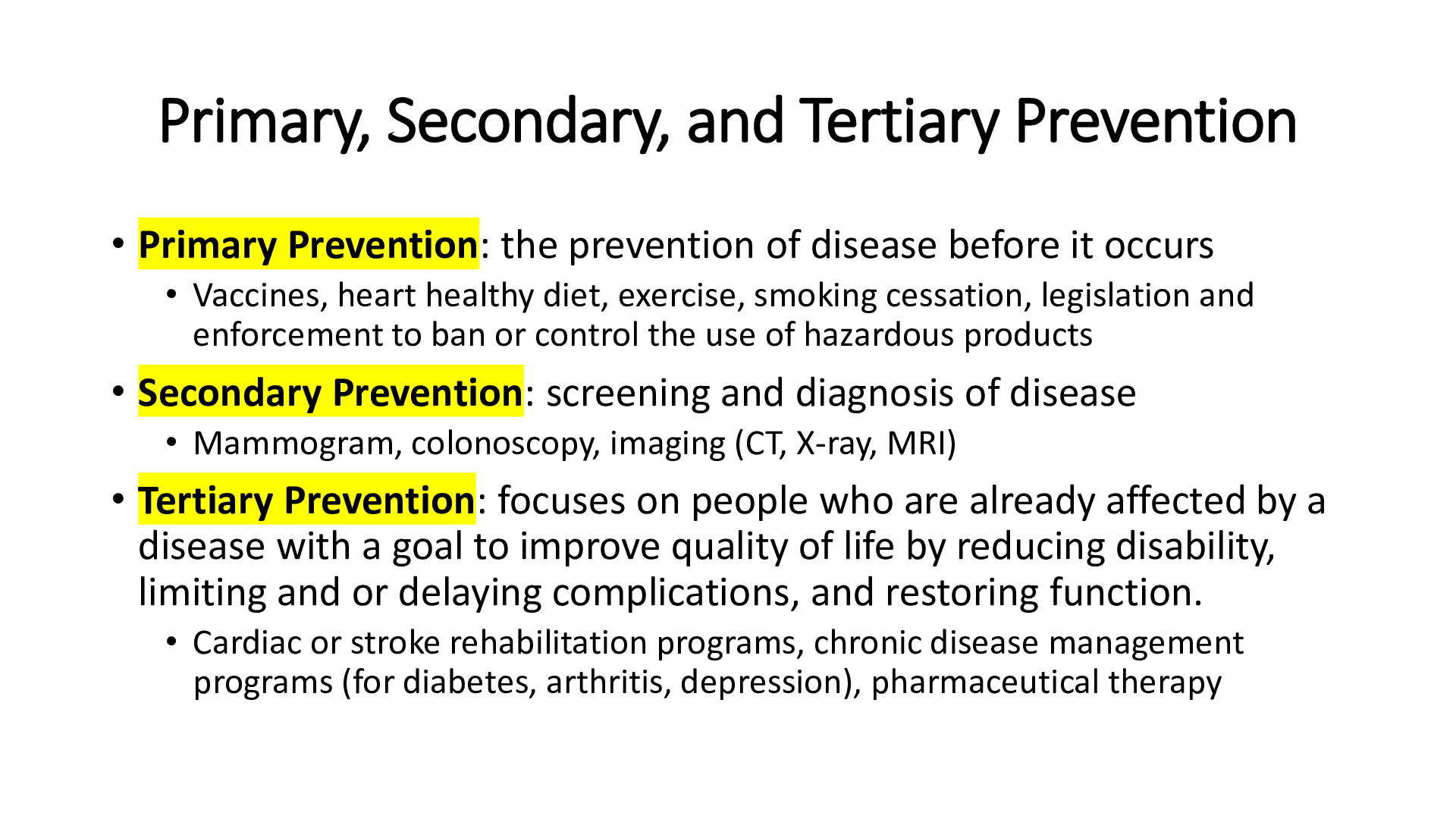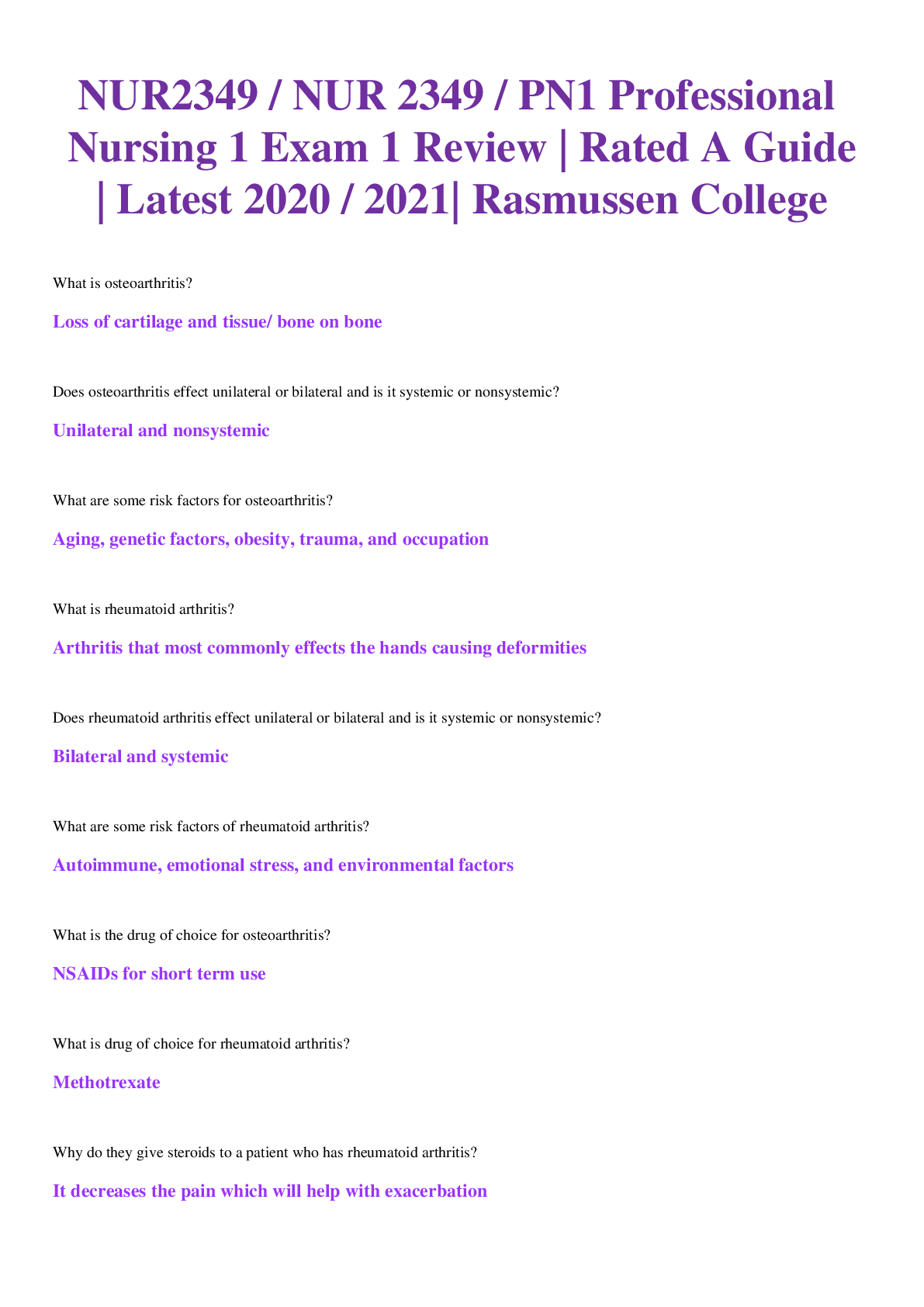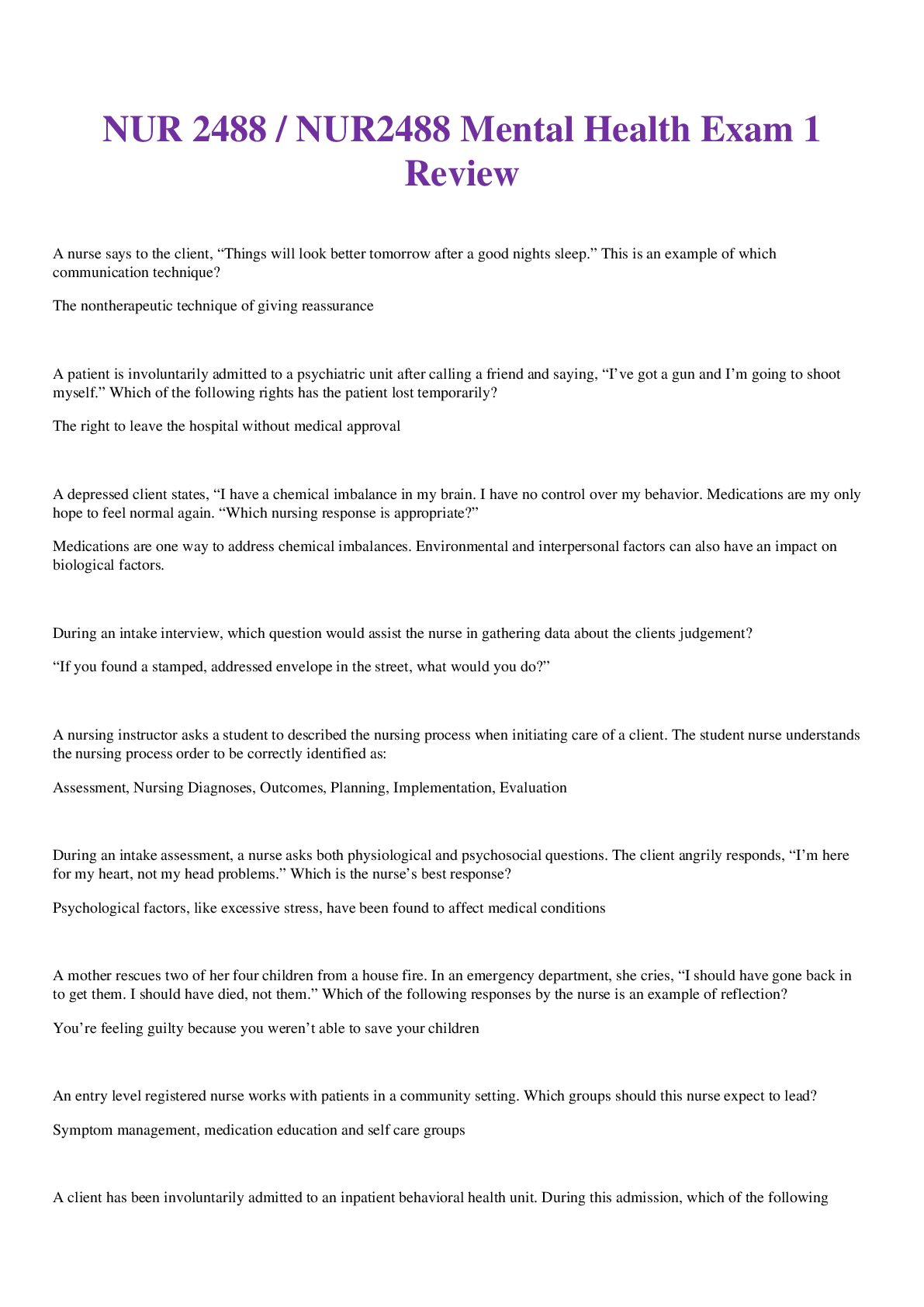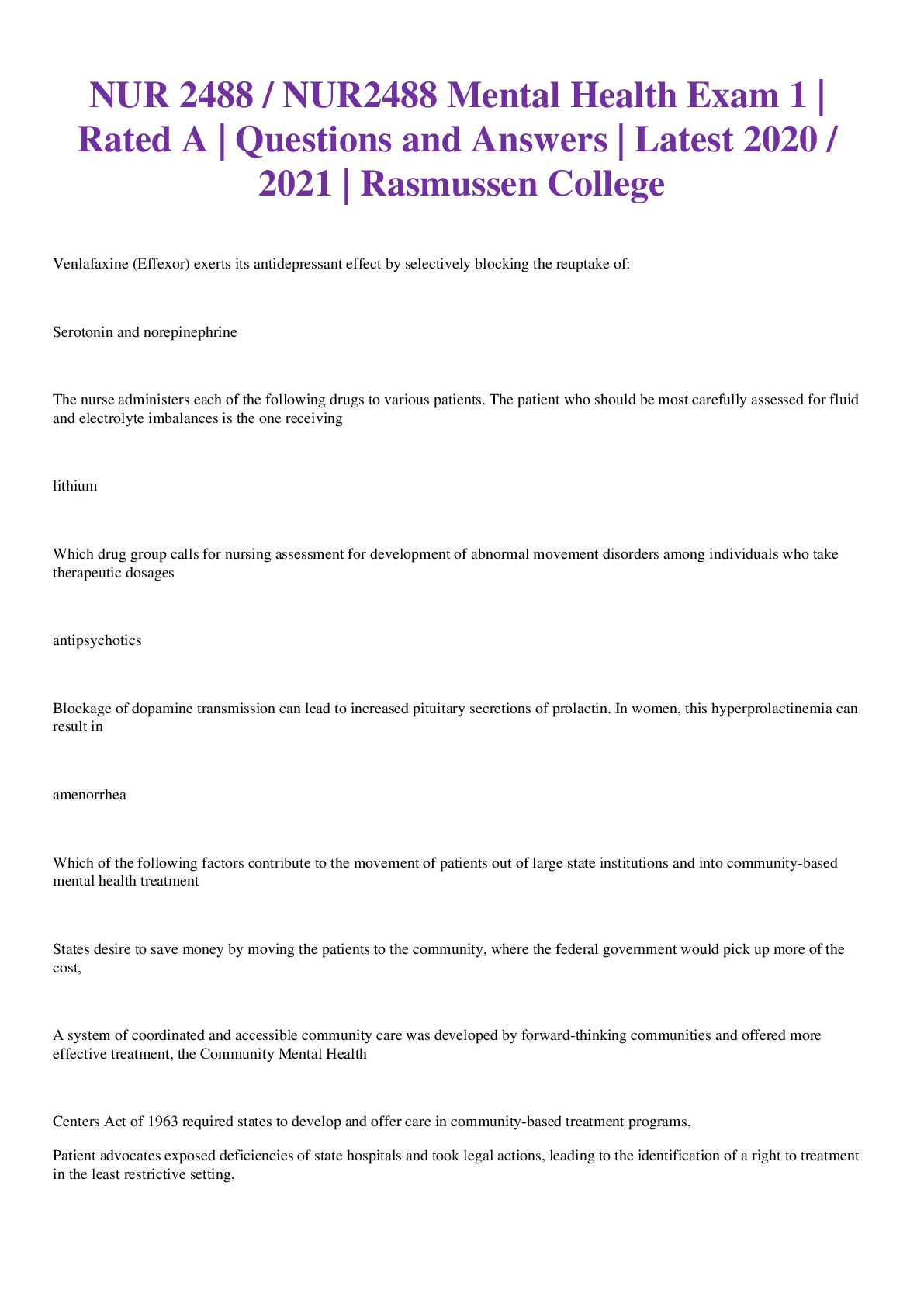*NURSING > EXAM REVIEW > NURS 3247 Pharm Modules latest update 2020 (All)
NURS 3247 Pharm Modules latest update 2020
Document Content and Description Below
TOPIC Drugs Acting on the Gastrointestinal System 1. Discuss the indications, pharmacokinetics. Side/adverse effects, and nursing management of agents affecting the upper gastrointestinal tract: a... . Antacids (Gastric Acid Neutralizers) - page 729 Abrams ● Protype: Mylanta pg 20 ● Indications: peptic ulcers, stress ulcers gastritis, peptic esophagitis, gastric hyperacidity, heartburn, hiatal hernia, prophylaxis, GERD ● Pharmacokinetics: minimally absorbed in GI tract, rapid onset (20-60 min), excreted in urine. Reacts with hydrochloric acid in stomach to produce neutral, less acidic, or poorly absorbed salts and to raise the pH of gastric secretions. Inhibits conversion of pepsinogen to pepsin. ● AE: constipation, diarrhea, hypermagnesemia, neuromuscular effects (older adults), hypophosphatemia, osteomalacia ● Nursing Management: 1. Shake well (chew tabs - swallow with water) 2. *Administer other drugs 1 hr before or 2 hours after antacid 3. Monitor bowel function > fluid, fiber 4. Avoid sodium containing if HTN, cardiac, renal disease ● Education: 1. Eat slowly <caffeine and acidic food <smoking 2. Remain upright after eating. 3. Eat small, frequent meals. 4. Do not use self-prescribed more than 2 weeks. 5. Do not exceed dosage on label. b. Antisecretory drugs H2-Receptor Antagonists/Proton Pump Inhibitor/Prostaglandins) ● Prototype: Cimetidine (Tagamet) - H2 Receptor Antagonist pg6 ● Indications: prevent and treat PUD, GERD, esophagitis, GI bleeding due to acute stress ulcers, and Zollinger-Ellison syndrome. OTC preparations for treatment of heartburn. ● Pharmacokinetics: Metabolism takes place in liver, excretion of the unchanged oral dose occurs unchanged in the urine within 24 hours, some excretion in bile, elimination in feces. Inhibits action of histamine at H2 receptors in stomach, decreasing acidity and pepsin content of gastric juices. (competitive blockers of histamine at H2 receptor sites) ● AE: A lot of drug interactions. Diarrhea, dizziness, drowsiness, headache, confusion, gynecomastia, impotence, <libido, <sperm count, Rare: confusion, hallucinations, lethargy, restlessness, seizure. AE are likely with prolonged use of high doses, increase with age, and with impaired renal or hepatic function. ● Nursing Management: 1. Assess for pain. 2. Monitor CBC, renal, hepatic function. 3. Maintenance therapy at bedtime (HS). 4. Avoid late evening meals. 5. Give with meals; HS dose not with meals. 6. Separate with antacids by 1 hour IV slowly. 7. Avoid alcohol, caffeine, high-fat food, large meals. 8. Smoking cessation 4-6 week therapy ● Prototype: Omeprazole (Prilosec) - Proton Pump Inhibitor ● Indications: hypersecretory disorders, duodenal ulcer, erosive esophagitis (GERD), PUD, gastric ulcers, Zollinger-Ellison syndrome. ● Pharmacokinetics: Block final stage of acid production. More popular than H2RAs because they are more effective in the short-term. ● AE: Minimal for long and short term use.N/V/D, abdominal pain, constipation, dizziness, and headache. *High dose or long-term use of PPIs carry a possible increased risk of bone fractures. URI, cough, rash, back pain, muscle pain, Rare: anemia, thrombocytopenia, eosinopenia, leukocytosis ● Nursing Management: Caution with elderly and young, 1. swallow whole 2. take before meals 3. note date therapy 4. baseline GI symptoms ● 30min before food, prophylactic for stress surgery, bone density, C-diff longterm ● Prototype: *Misoprostol (Cytotec) - Prostaglandins (p 738 Abrams) ● Indications: for patients at high risk for GI bleeding and ulceration, such as those taking high doses of NSAIDs for arthritis and older adults to protect gastric mucosa from NSAID-induced erosion and ulceration. ● Pharmacokinetics: rapidly absorbed, excreted in urine, inhibits gastric acid secretion, mucosal protective (suppress gastric acid secretion by inhibition of H+/K+ATPase) ● AE: N/V/*D, *abdominal pain, dyspepsia, flatulence, headache, constipation, toxicity: sedation, tremor, convulsions, dyspnea, abdominal pain, diarrhea, fever, palpitations, hypotension, bradycardia ● Drug interactions: antacids [Show More]
Last updated: 1 year ago
Preview 1 out of 36 pages
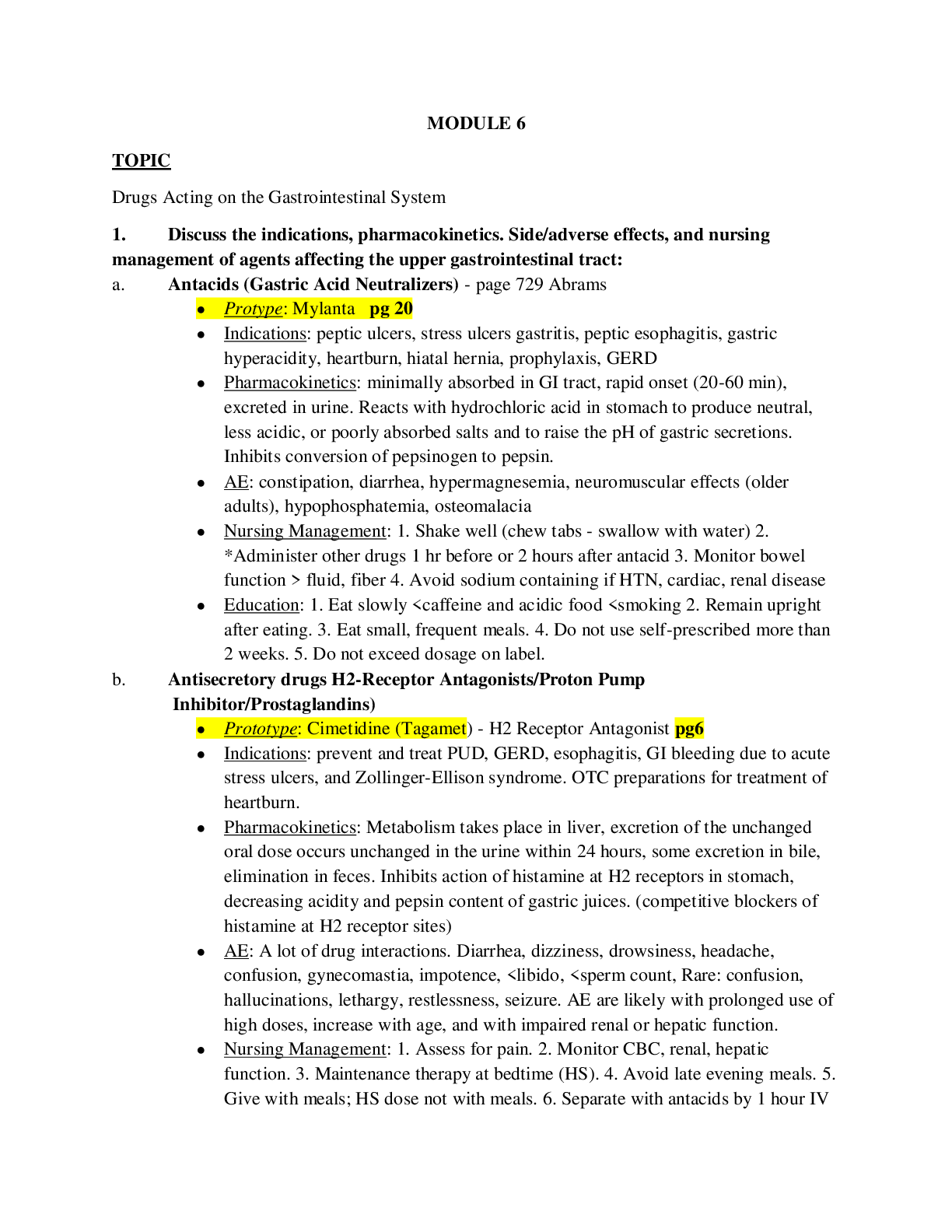
Reviews( 0 )
Document information
Connected school, study & course
About the document
Uploaded On
Nov 20, 2020
Number of pages
36
Written in
Additional information
This document has been written for:
Uploaded
Nov 20, 2020
Downloads
0
Views
43

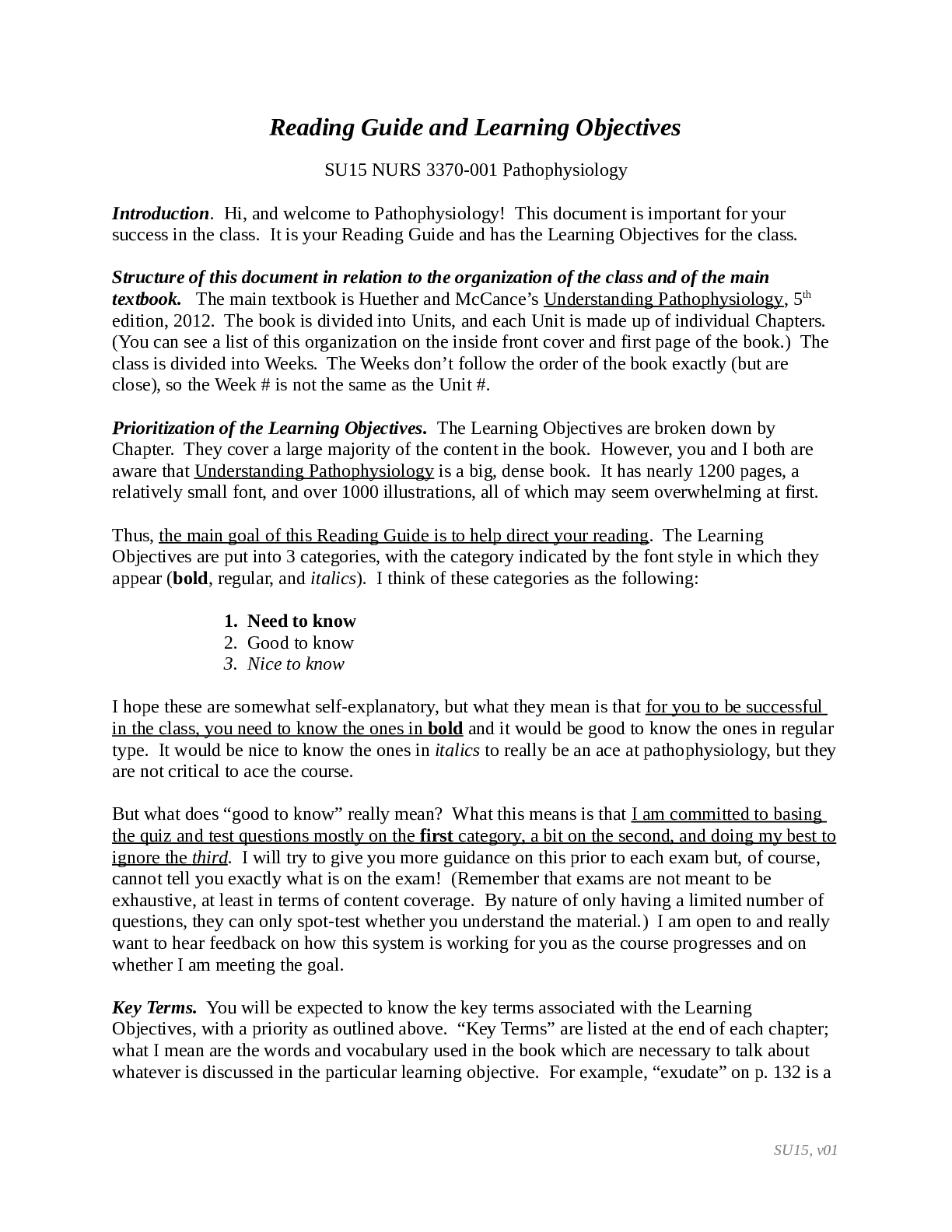
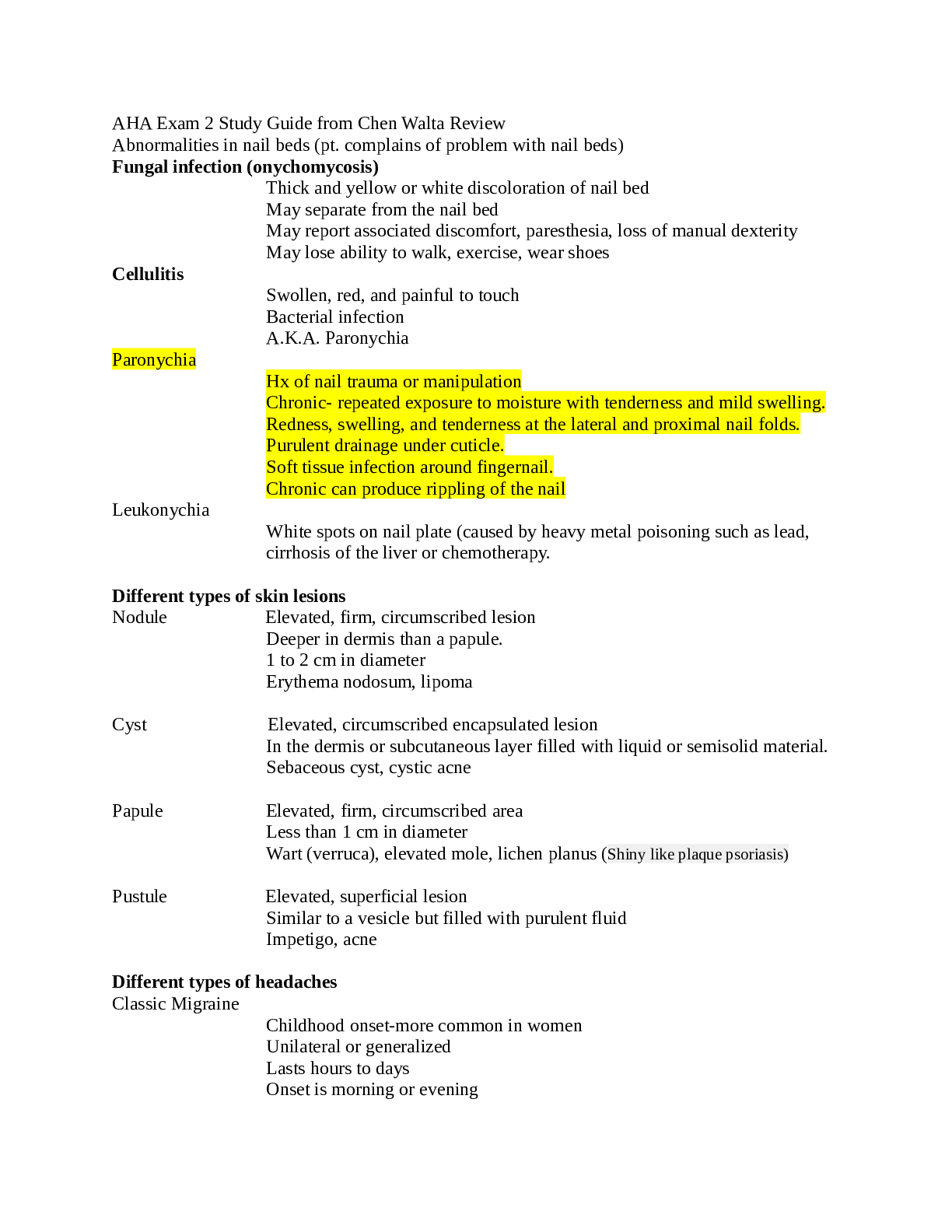



.png)
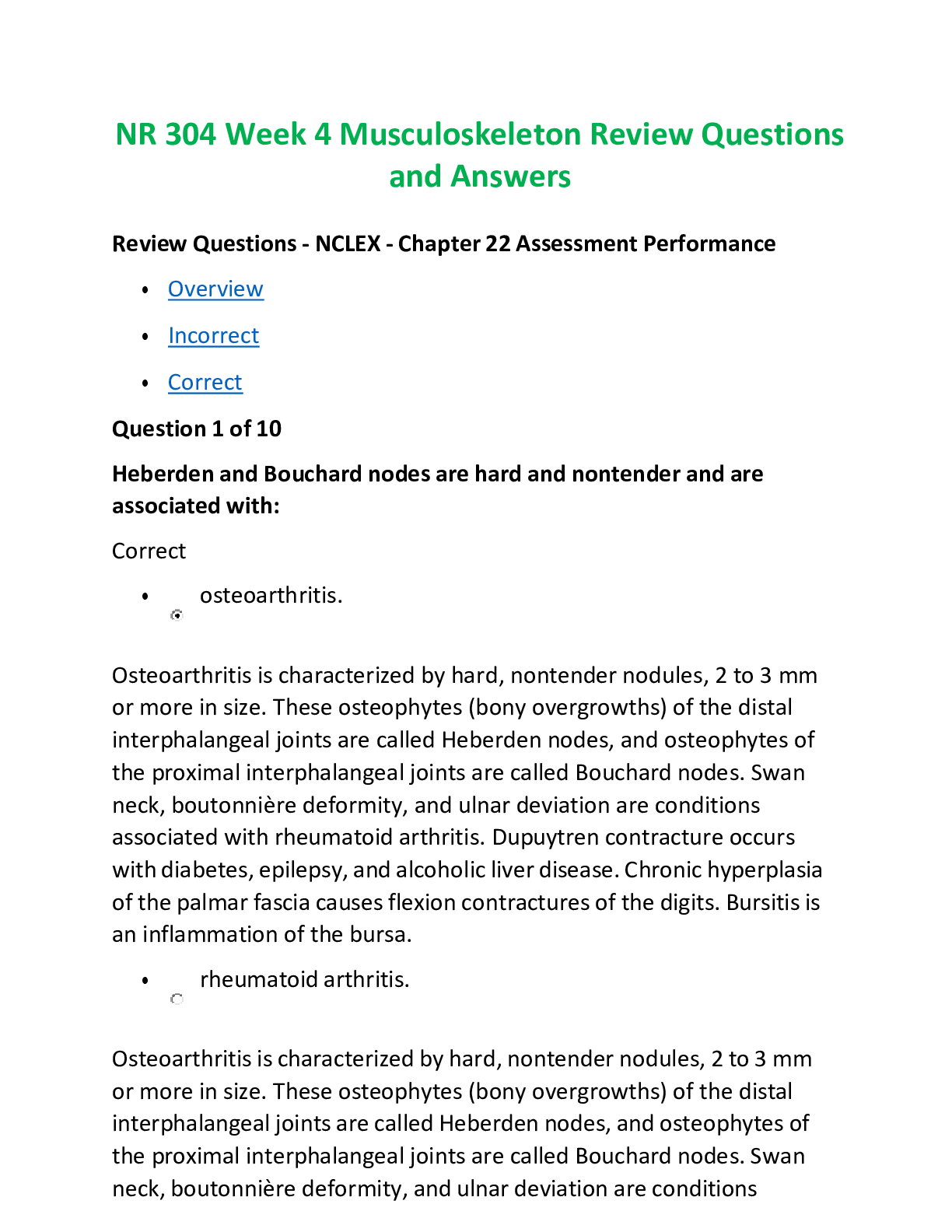
.png)
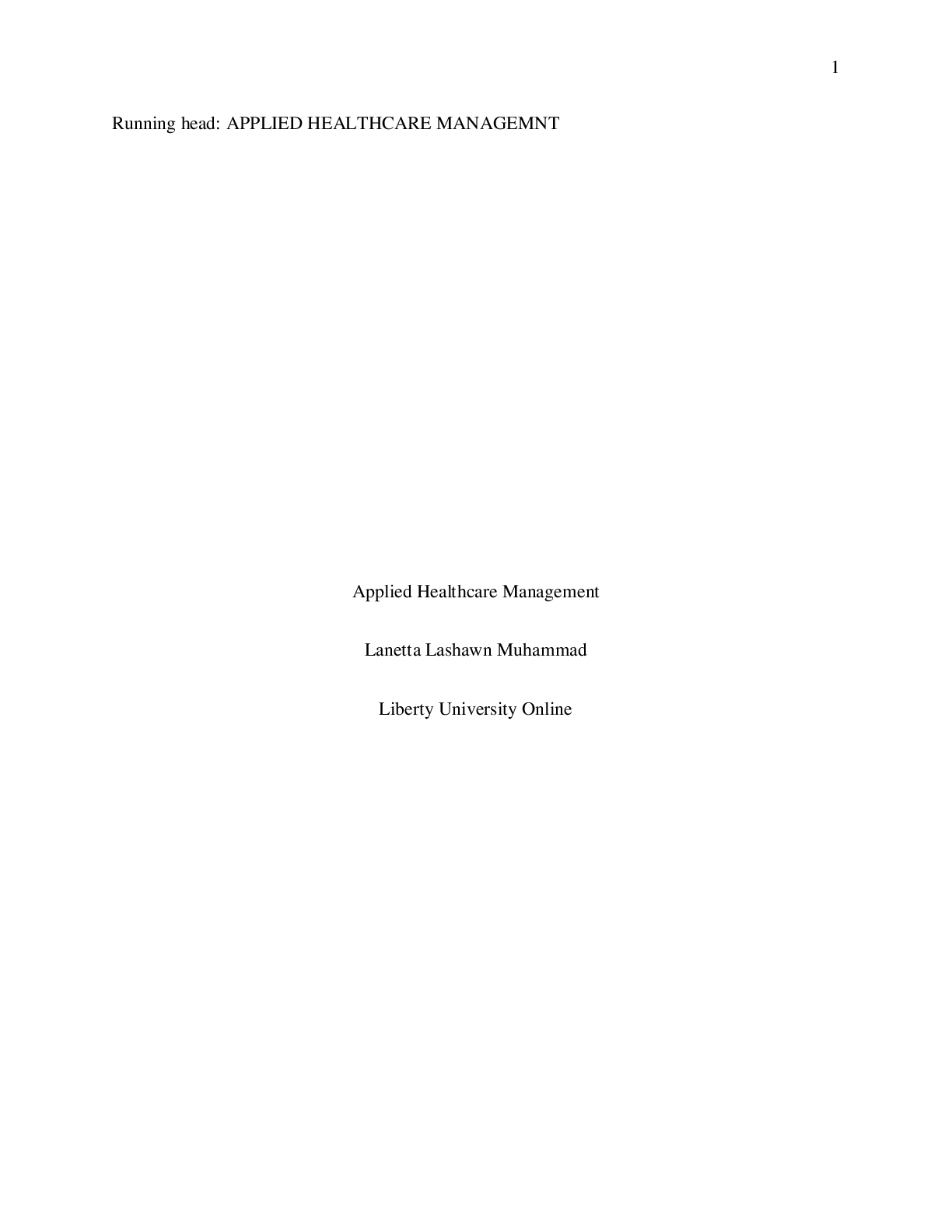

.png)
